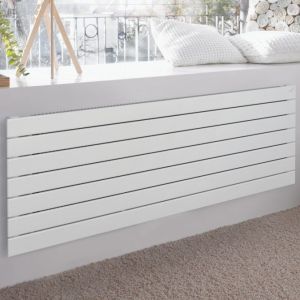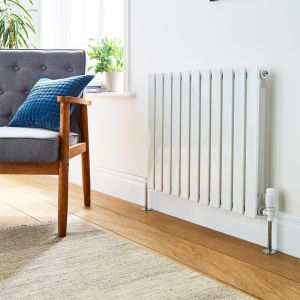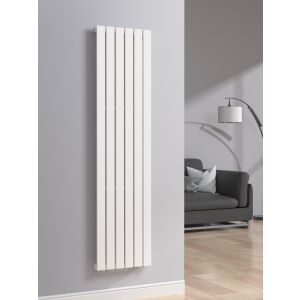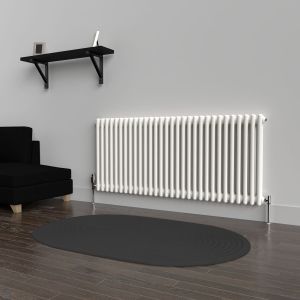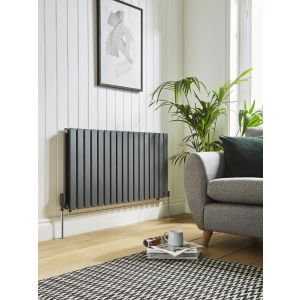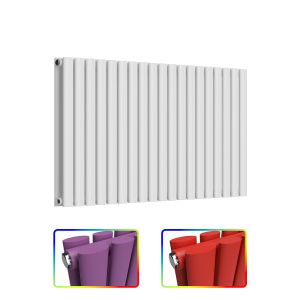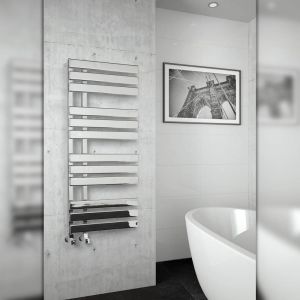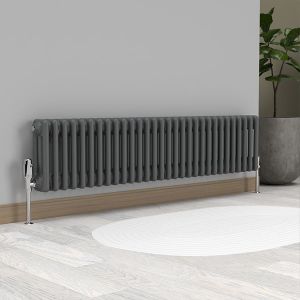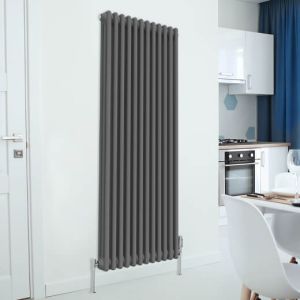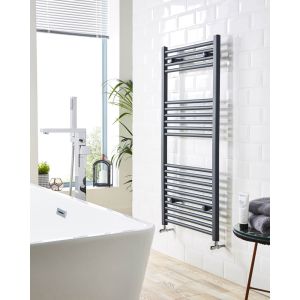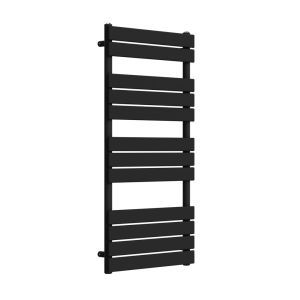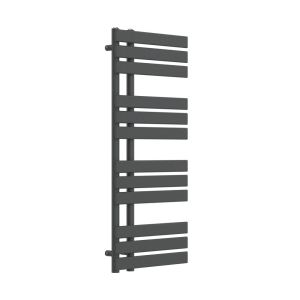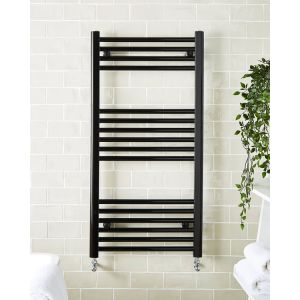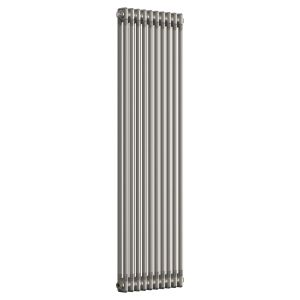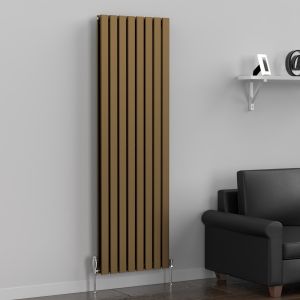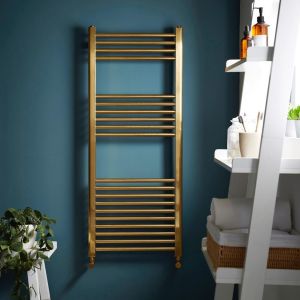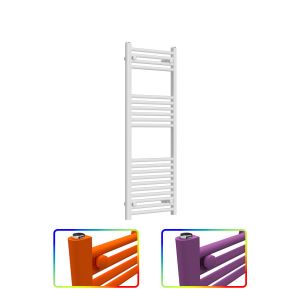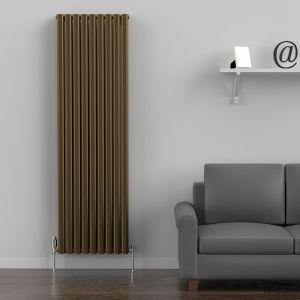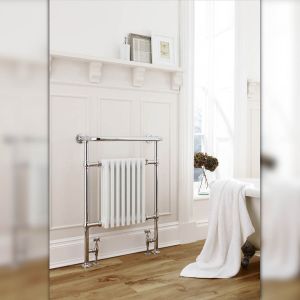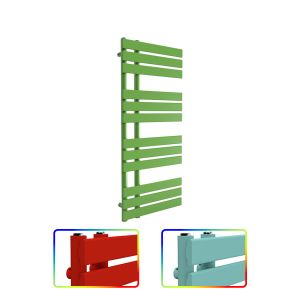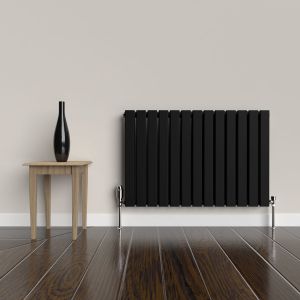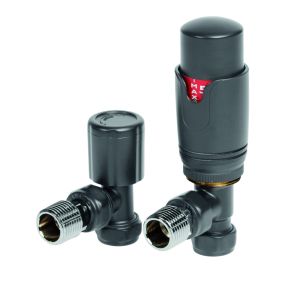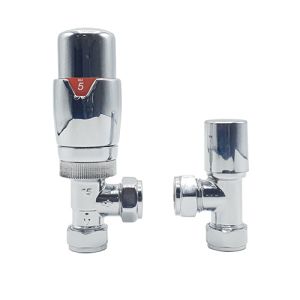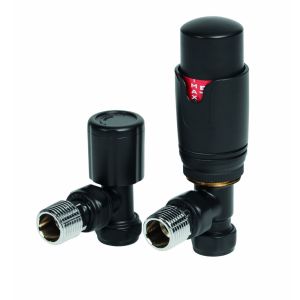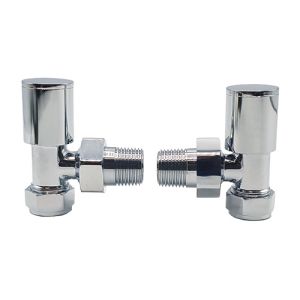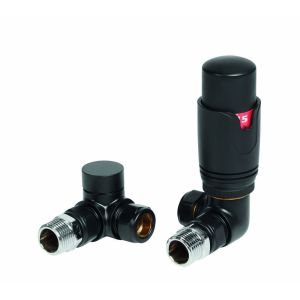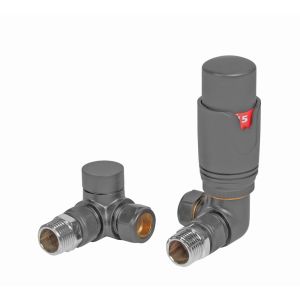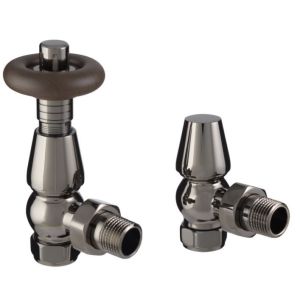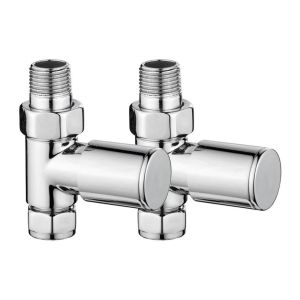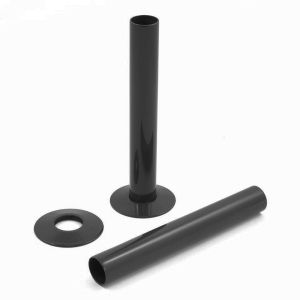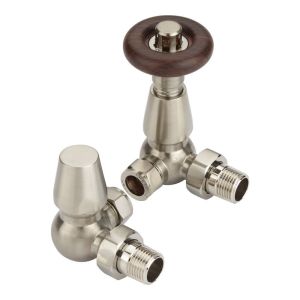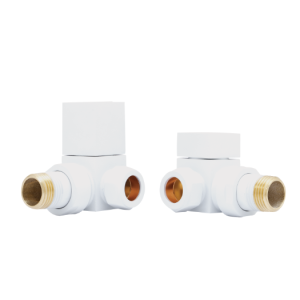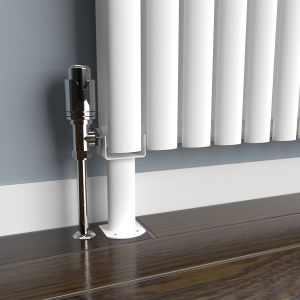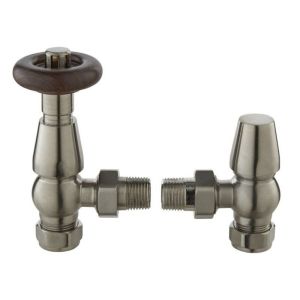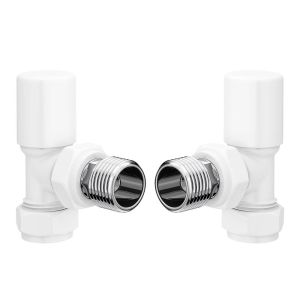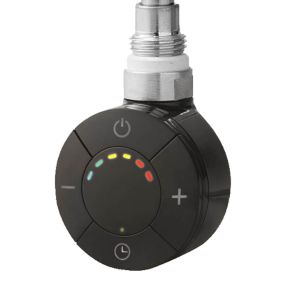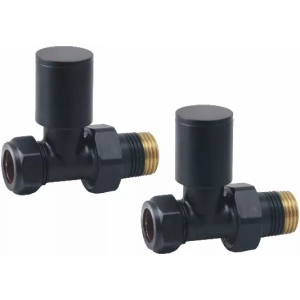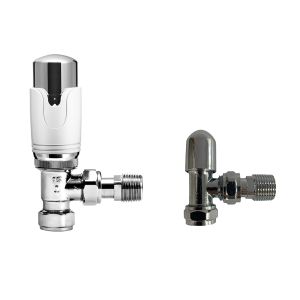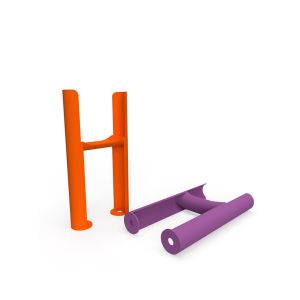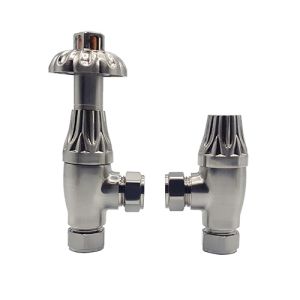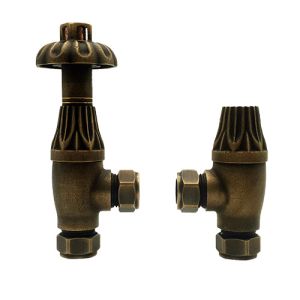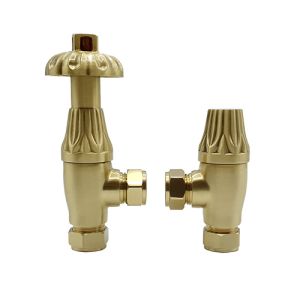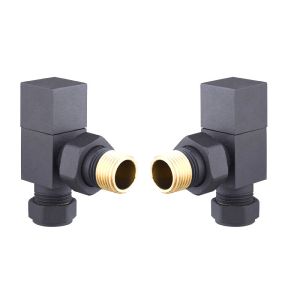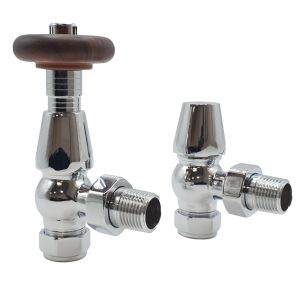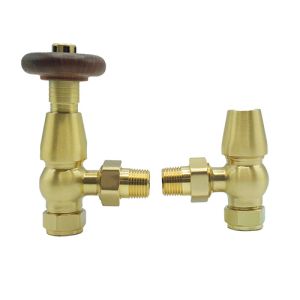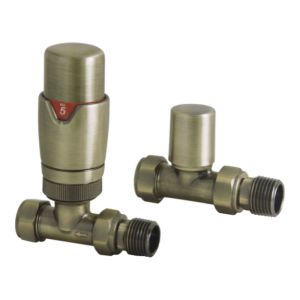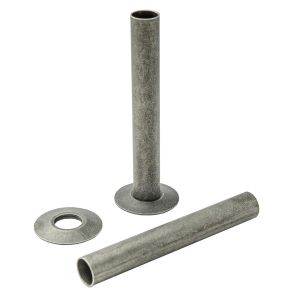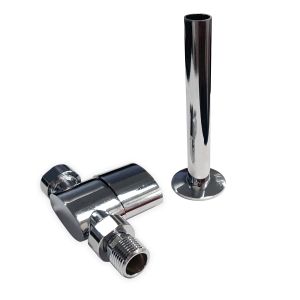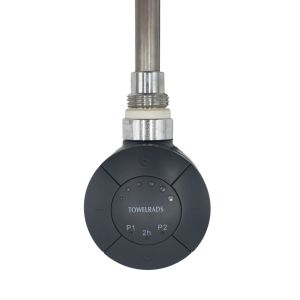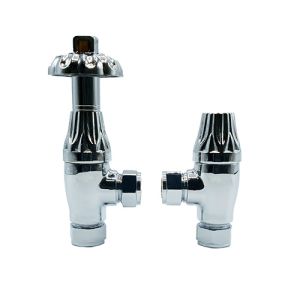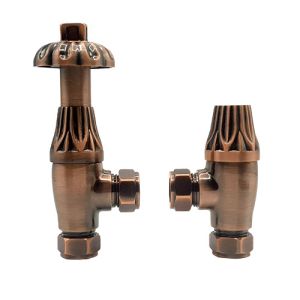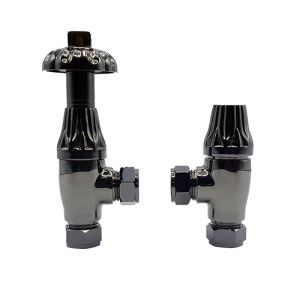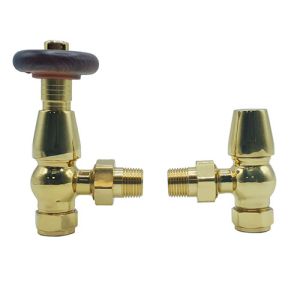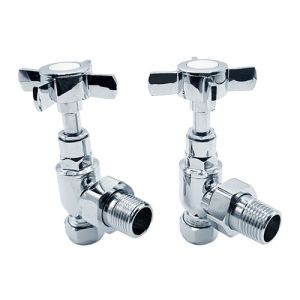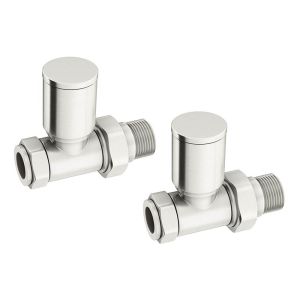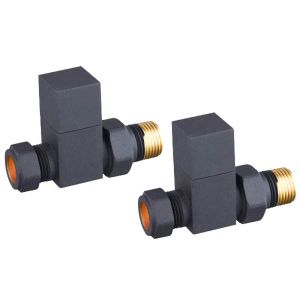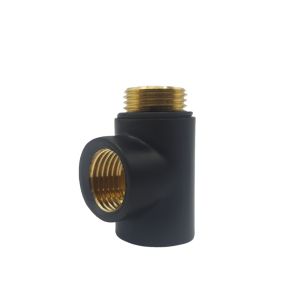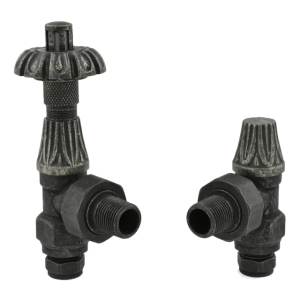When things go wrong with the appliances and devices in our households we worry and wonder what to do. Sometimes we are able to get hold of an electrician or a professional who can help, and other times we may find ourselves stuck, not knowing where to start. Because of this, it is important that you learn the basics, and are knowledgeable about how to tinker with your household appliances. When it comes to our central heating and issues that may arise, learning how to bleed a radiator is an important tool that will ensure you aren’t out of the heat for too long. Our radiators are a very important part of our homes and it can be incredibly troublesome if they start having problems. Learning to bleed your radiator at home will not only mean you can stop issues from escalating, but it will also greatly improve the proficiency of your entire home heating system. It will also mean cheaper energy bills in the long run and a generally warmer home, which is especially important when the months become chillier.
Why Do I Need To Bleed My Radiator
It’s important that you know when you need to bleed your radiator so that your central heating continues to work at its optimum. You might have been looking at radiators online and finally gone for an elegant new system. You don’t want there to be any problems with it! You’ll know when it’s time to have a look at your radiator and potentially bleed it when the central heating in your home isn’t warming your home up properly. This could be because there are air bubbles trapped in the system and these bubbles stop hot water from circulating adequately. Consequently, radiators will fail to get hot enough and generally take much longer to warm your home. The uneven heating can be problematic, causing mould and dampness to begin in areas of the house.
Check For Blockages Before You Bleed Your Radiator
Before you take the steps to bleed your radiator you should first check for other issues in the heating system. Checking for blockages is especially important and can aid the overall bleeding process. You should firstly turn on the gas central heating (always do this first!) and ensure that each thermostatic radiator valve is not obstructed and is on full power. TRVs work by sensing air in the surrounding area and so it’s imperative that it isn’t covered up in any way. You’ll usually be able to find the TRV at the top or bottom corner of your radiator so it’s pretty easy to find! Once your central heating has begun to warm up, you should put some gloves on and check the warmth of each radiator. The air tends to collect at the top of radiators and this is because air bubbles in the gas central heating system rise. As this problem continues to escalate, you’ll find that your home is colder and that’s just no good! If you find that your radiator isn’t heating properly or that there are contrasts in heat (cool at the top of the radiator, hot at the bottom), then you know that it’s time to bleed your radiator. Other issues you should check for may indicate a much more serious problem with the heating system. It is especially important that you check for signs of rust or water, which could be underneath or on top of the radiator. It is important that if you do see any rust or water you act immediately as this could be a sign that there are some serious leaks in your heating system. If you notice that your radiator is wet, then you need to check where the leak is coming from. You can do this by drying the radiator and observing it while dry to see where the water is coming from. Before bleeding your radiator you should also make sure that the boiler light is on and that the pressure is at the right level. If you’ve checked all of this, and your boiler and radiator are not leaking, you can then move on to bleeding your radiator at home.

Turn Your Central Heating On
Step 1: Firstly you’ll need to turn on your home's central heating so that all the radiators in the house come on. It’s important that you wait until your radiators are fully heated before moving on to doing anything else. The aim here is to build up the pressure inside the radiator, as this will force the air out.
Which Radiators Aren’t Heating Up?
Step 2: The next step is identifying which radiators in the house need bleeding. You can do this by waiting until all your traditional radiators are hot and then going to check each one separately. At this point, you are looking to see which ones are warming up and in particular checking to see if all the parts of the radiator are warming up. If you find any cool spots towards the top of the radiator this could mean that there is gas or air trapped and that you’ll need to bleed the radiator. Once you’ve identified any cool spots it’s time to move on to the next step and bleed them.
Time To Bleed Your Radiators!
Step 3: It’s important that you remember to turn off your central heating at this point. We are essentially reversing the process seen in step one where we turn everything on. The reason that we turn the heating off is that we want to be able to manipulate the radiators without having to worry about getting burnt, or soaking the floor! In order to bleed your radiator you’ll need a special tool called a radiator key, and you can usually find these in your local hardware store. If you don’t have access to one of these then a flat-blade screwdriver will also do the trick. Now you need to attach the radiator's key to the square piece which is found in the valve at the top end of the radiator. If you’re using a screwdriver you can simply push the end of it into the groove. Grab a cloth and then hold the screwdriver or key and slowly turn it anti-clockwise. If you hear a hissing sound then that’s a sign that gas is escaping from the radiator and things are going to plan. Once all the gas has escaped, the liquid will begin to fall out from the valve so you’ll need to close it quickly. If you’re using a modern screwdriver you may find that the liquid emerges much like a jet as opposed to a little dribble here and there.
Check The Pressure To See If You’ve Succeeded
Step 4: Now that you have bled the radiator you should check the pressure by observing the gauge on your boiler. If you find that the pressure is too low you’ll have to top it up which you can easily do with the lever or tap on your boiler. When you’ve finished that, it is advised that you run another test to check that your efforts have been successful. You can do this by simply turning on the central heating system, waiting for the radiators to warm up again and checking for any cool spots. It really is that simple!
Re-pressurising Your Heating
If your central heating system is not working properly then you probably have a case of low water pressure in the boiler. If the water pressure indicator on the front of your boiler is too low, you’ll need to top up your system and increase the pressure. You can do this by locating the filling loop which is a grey or silver-coloured hose with a small valve at either end. You may also find it underneath or boiler or nearby, but everyone has one so it’s definitely there!
Once you’ve found the valve you’ll need to make sure the boiler is turned off and the system has cooled down. Then you need to determine whether your valves can be opened by hand or whether you’ll need a screwdriver. The next step is to open both valves as this will allow cold mains water into the system. Make sure you keep an eye on the pressure gauge and when you see it reach 1.5bar, close the valves one after another. Now that the pressure is back at the required level you can switch the boiler back on and reset it if necessary.
Improving Your Home Heating
You can improve your home heating in a number of ways by taking advantage of the great technology on offer! If you worry about your radiators heating the walls and not your rooms then invest in some radiator insulator foil, as this will ensure that only your rooms are heated. You can also opt for a slightly more expensive option and go for the radiator booster rather than low-level radiators. This gadget is a fan which sits on top of your designer radiator and circulates the heat around your room. Though it uses electricity to run, it will ultimately save you money on your heating bills. Draught proofing is another great way of saving a little extra money on your bills. You can make sure the heat in your home is not wasted and that your rooms are well insulated by taking little steps such as checking for draughts around the windows and doors, and draught proofing your chimney- if you have one.
Whether you already have a designer radiator or you’re looking for radiators for sale, it’s important to know what to do when an issue arises with yours. Our radiators are precious to us and our homes and we should take good care of them. After all, they take good care of us!













